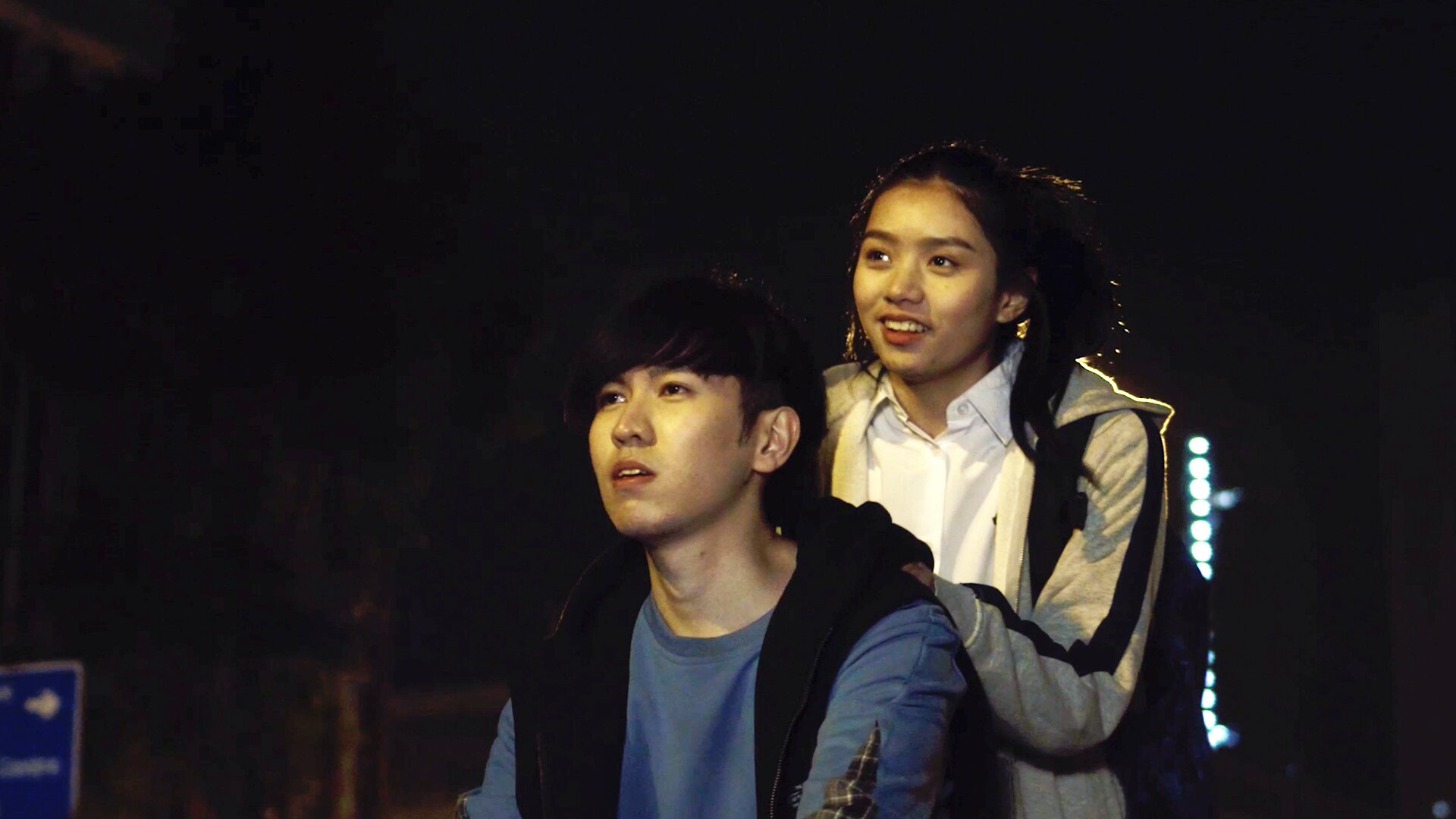by Brian Hioe
語言:
English
Photo Credit: Lost Pearl
This is a No Man is an Island film review written in collaboration with Cinema Escapist, as part of coverage of the International Film Festival Rotterdam. Keep an eye out for more!
“LOST PEARL” aims to discuss Hong Kong’s contemporary political issues with a story that is set during the same time at the 2019 protests, but avoids explicitly engaging with sensitive issues. The results are mixed. Unlike some other more recent Hong Kong films, perhaps most notably Hand-Rolled Cigarette, “Lost Pearl” does not manage to successfully discuss contemporary Hong Kong issues in a way that still avoids falling foul of increasingly draconian authorities.
Lost Pearl follows a group of Hong Kong youths in 2019, focusing on Kit, a young fisherman whose girlfriend intends to move to Canada. Kit and his gang of friends come under attack from a group of outsiders over their territory. From there, the plot proves somewhat muddled, except that Kit and his gang of friends eventually travel to Victoria Harbor to watch the fireworks–only to find the fireworks have been canceled for the new year’s.
It is easy to see how “Lost Pearl’s” plot aims to show how Hong Kong young people feel disenfranchised, pushed out of their home, and with many contemplating traveling elsewhere. The title evidently refers to Hong Kong’s moniker of “Pearl of the East”, while also suggesting how the city itself is lost.
Yet strangely enough, “Lost Pearl” takes place at the same time as the 2019 protests but relegates them to the background.” It proves a rather unrealistic note to think that a group of teenagers could run around, even getting into fistfights with each other, at the same time as the 2019 protests without coming under scrutiny from the Hong Kong police. Likewise, this group of teenagers is apparently entirely apolitical. This weirdly undercuts the fact that “Lost Pearl” does, indeed, want to tell a story about this “lost generation” of Hong Kong youth.
Given this, “Lost Pearl” consists of a series of disjointed vignettes that ultimately prove awkward and hard to fit together. Scenes may evoke classic scenes of dissatisfied Hong Kong youth riding scooters or clashing in the streets, but they simply stop there, and there is no deeper reflection. This compares unfavorably to how other Hong Kong film, by engaging directly with the protests as backdrop–Kwok Zune’s “Night is Young” comes to mind–have found much in addressing such topics.



